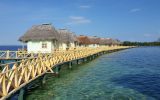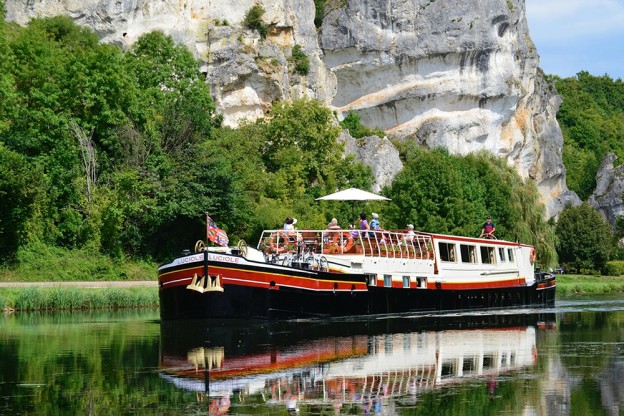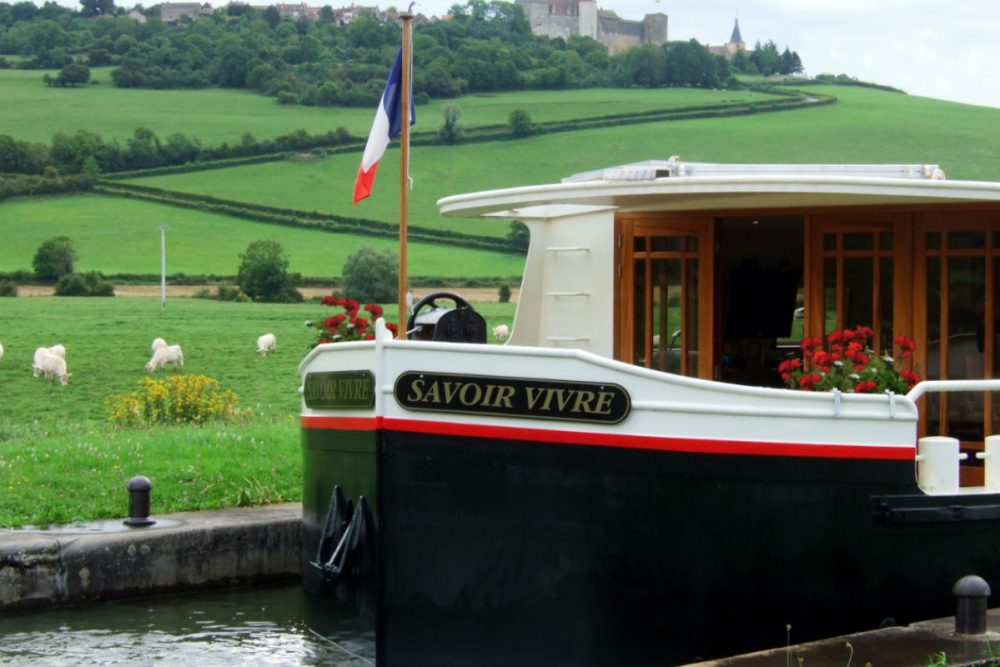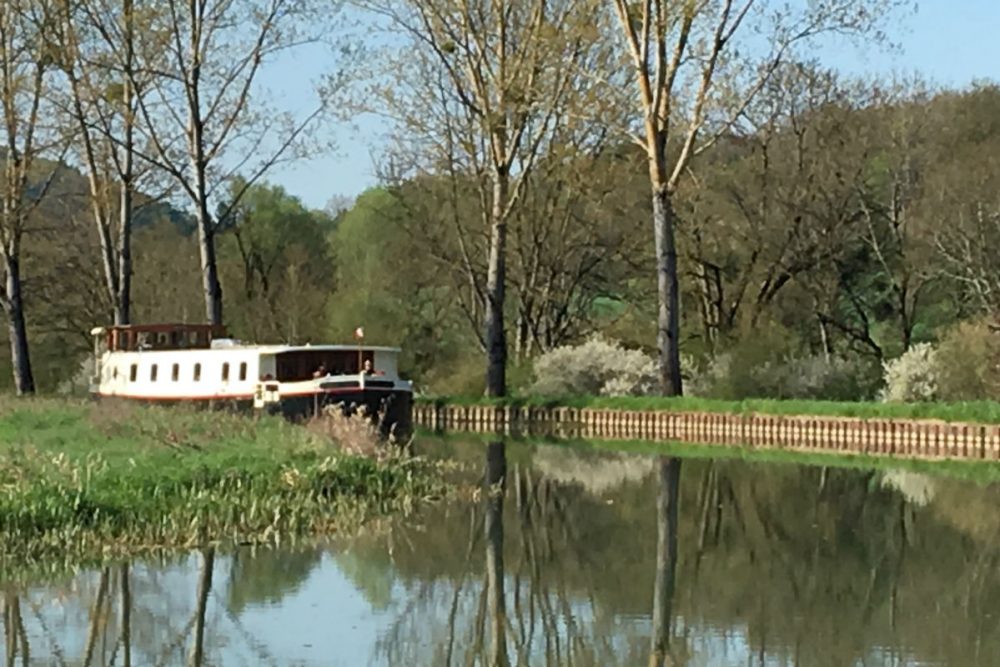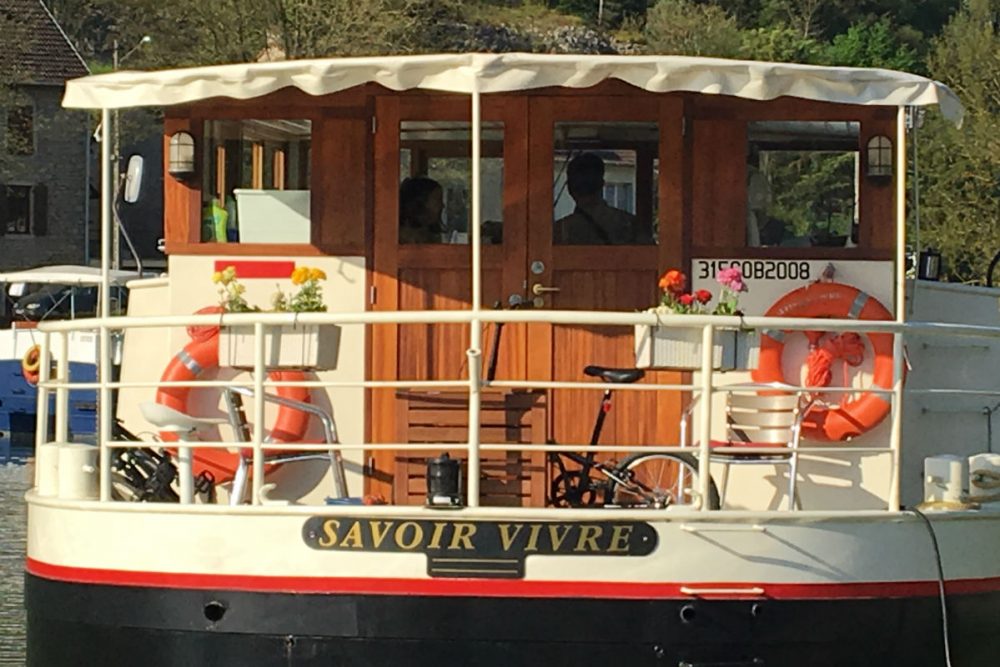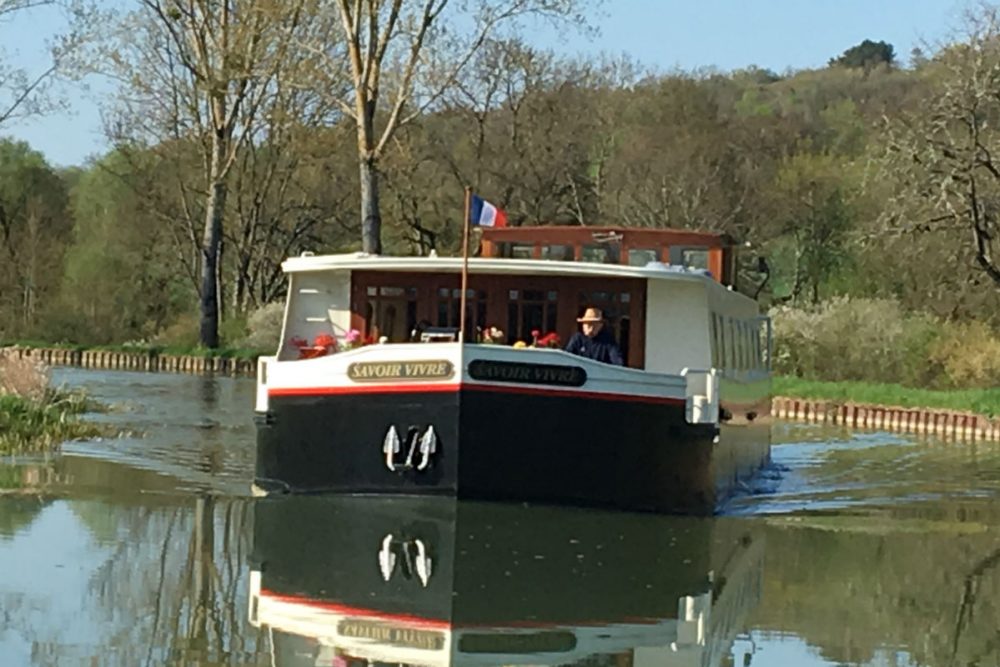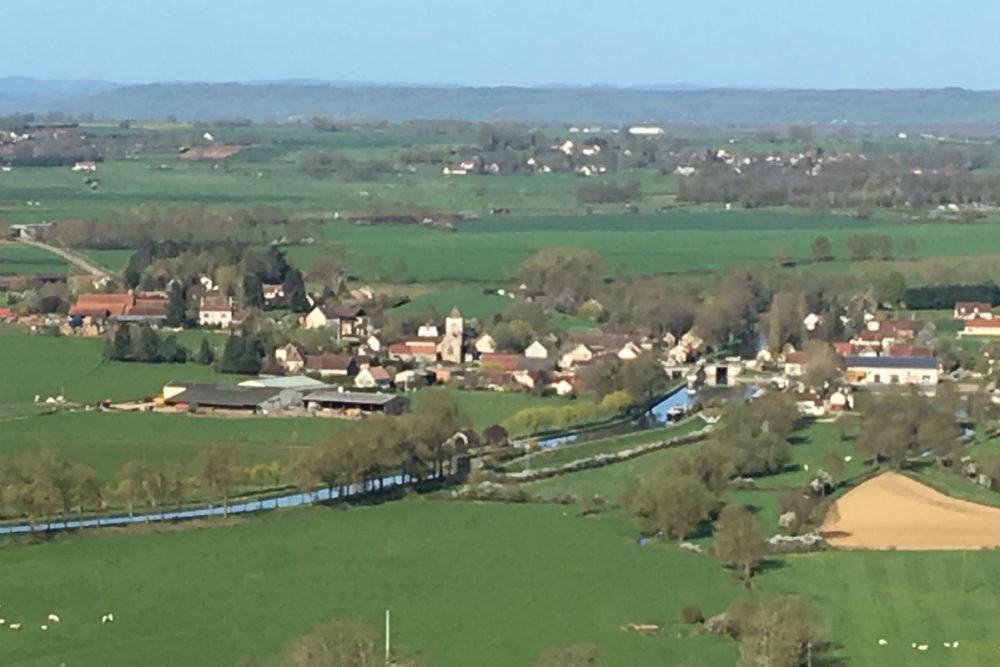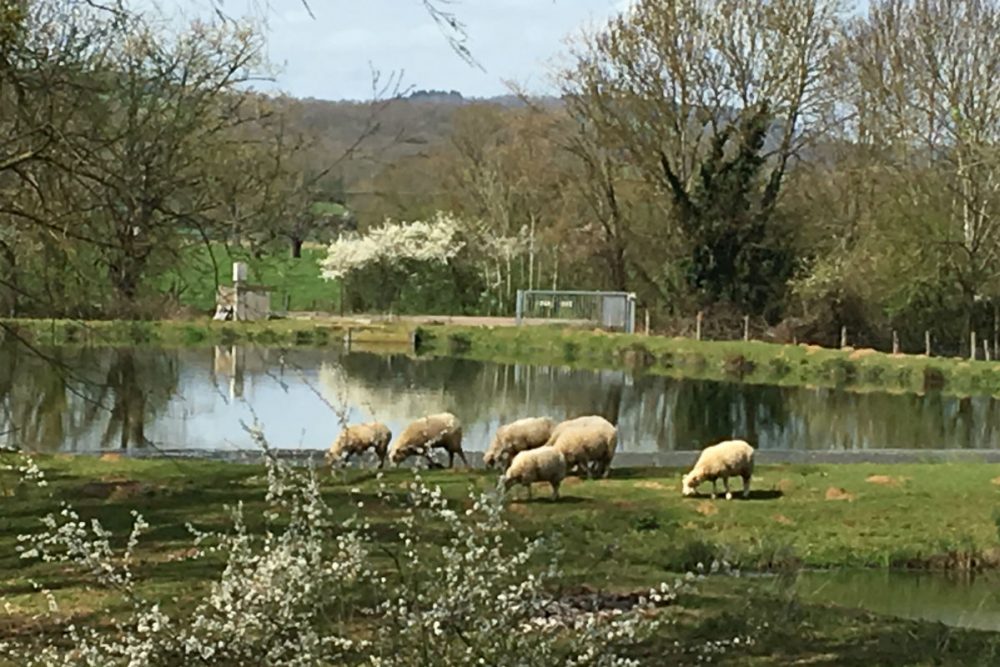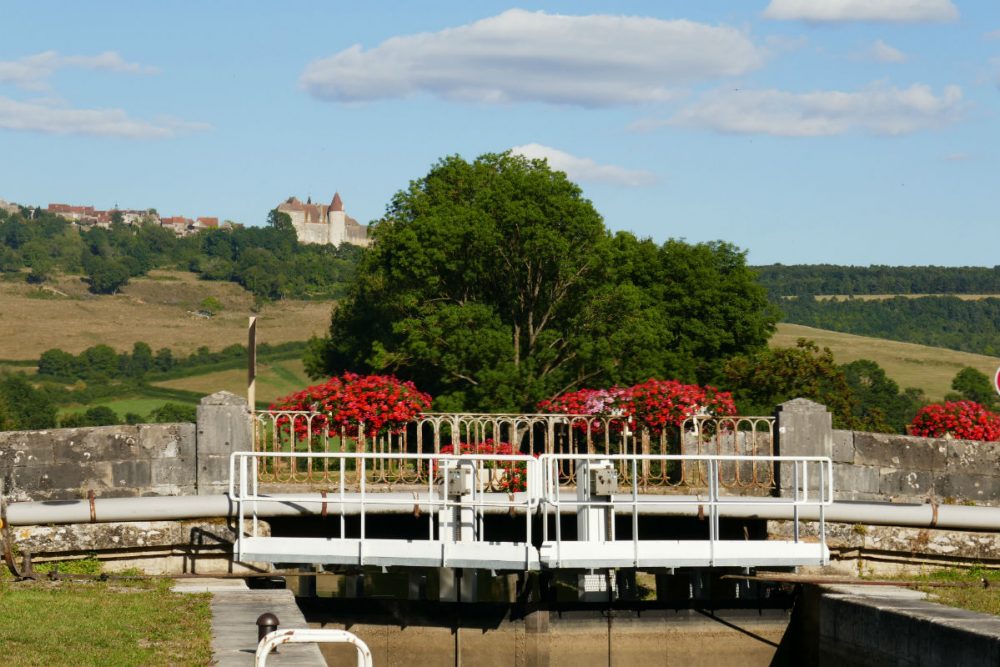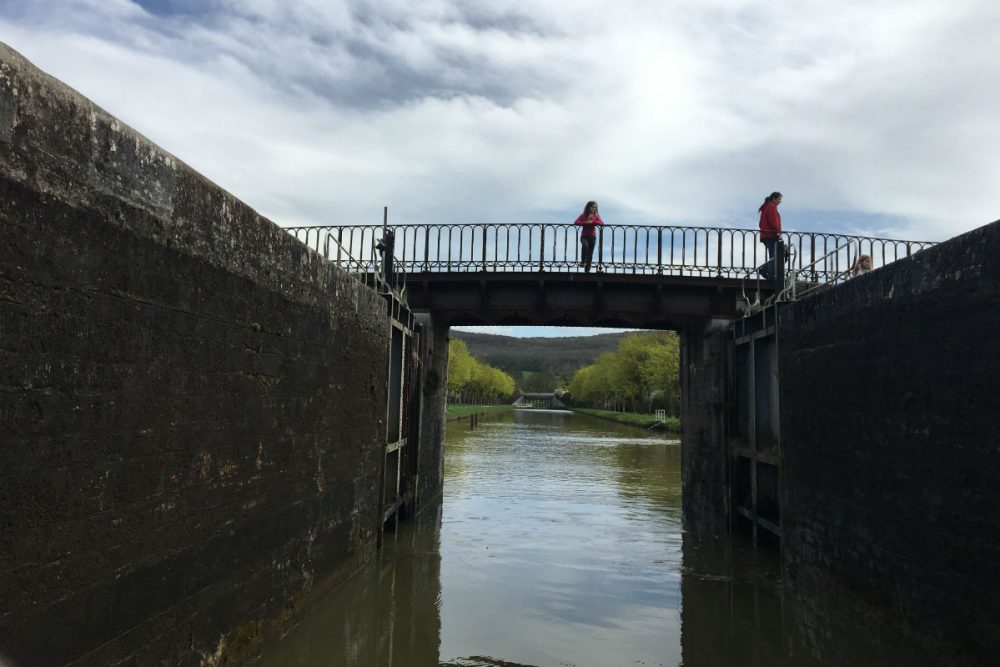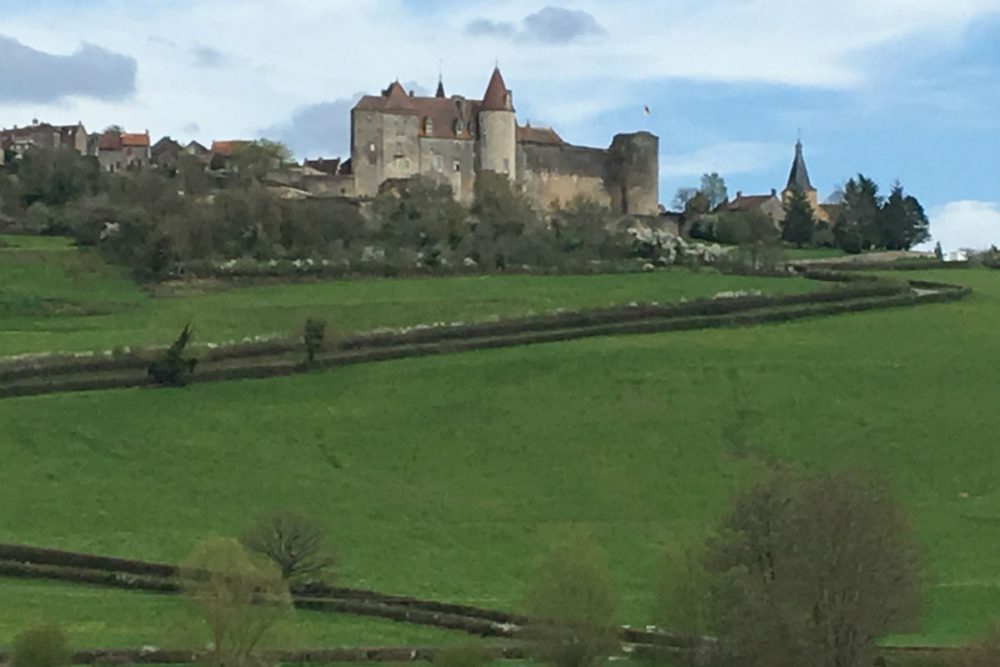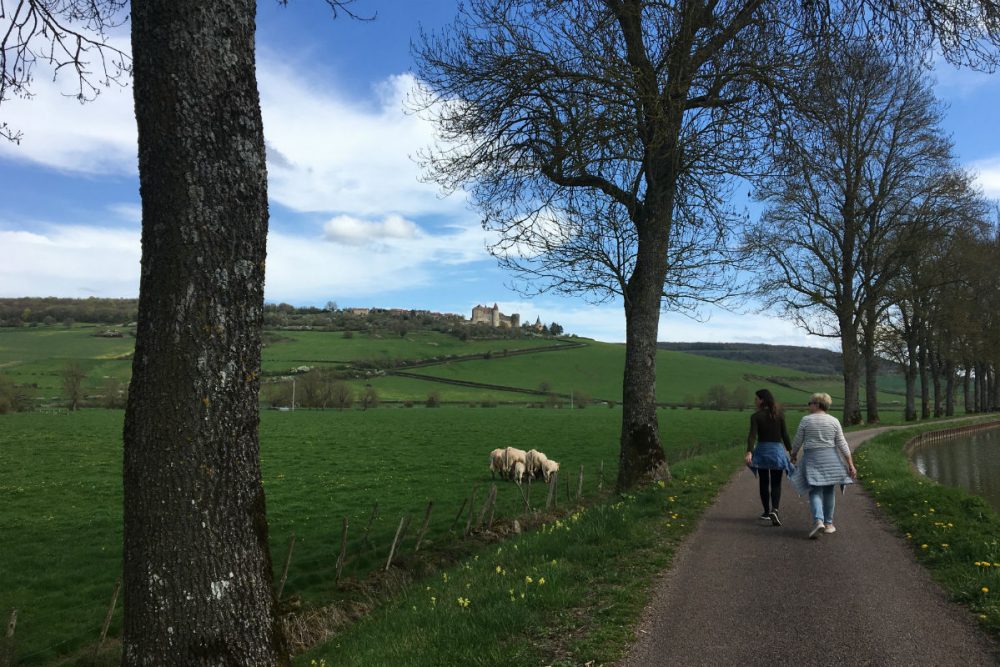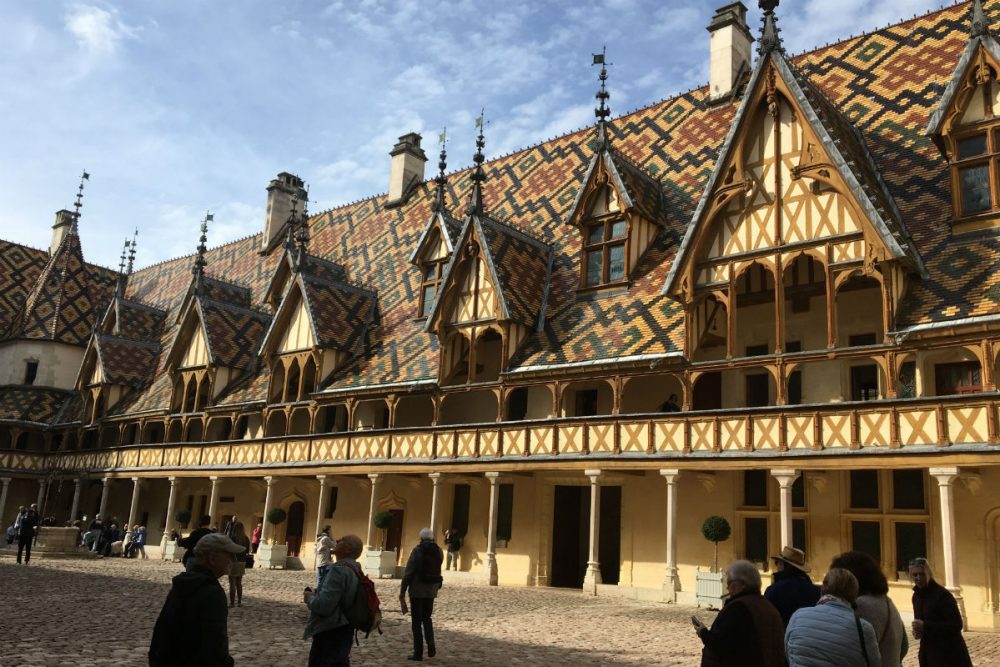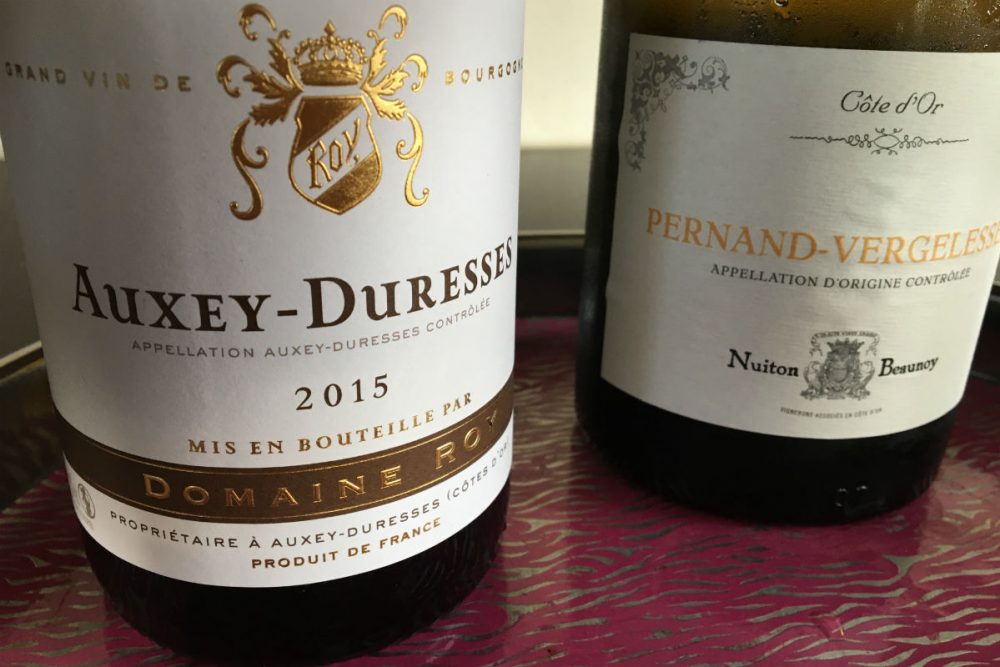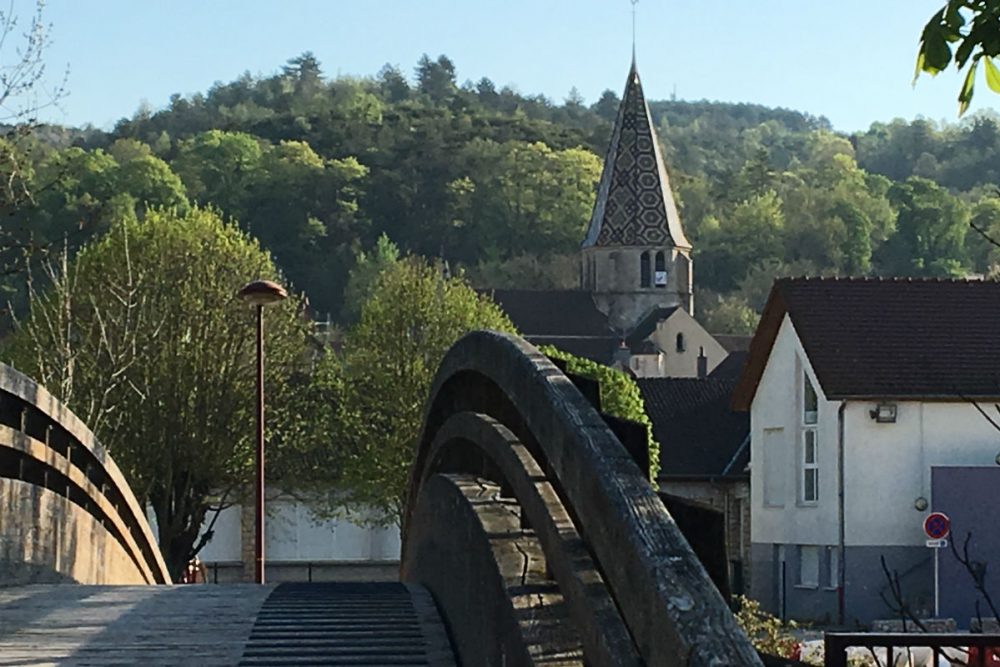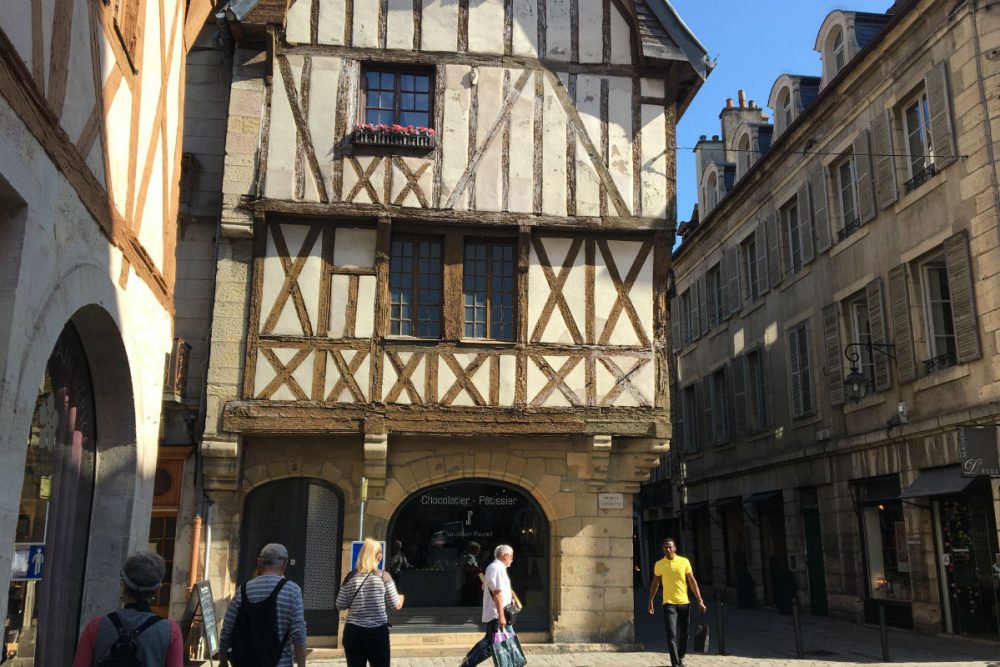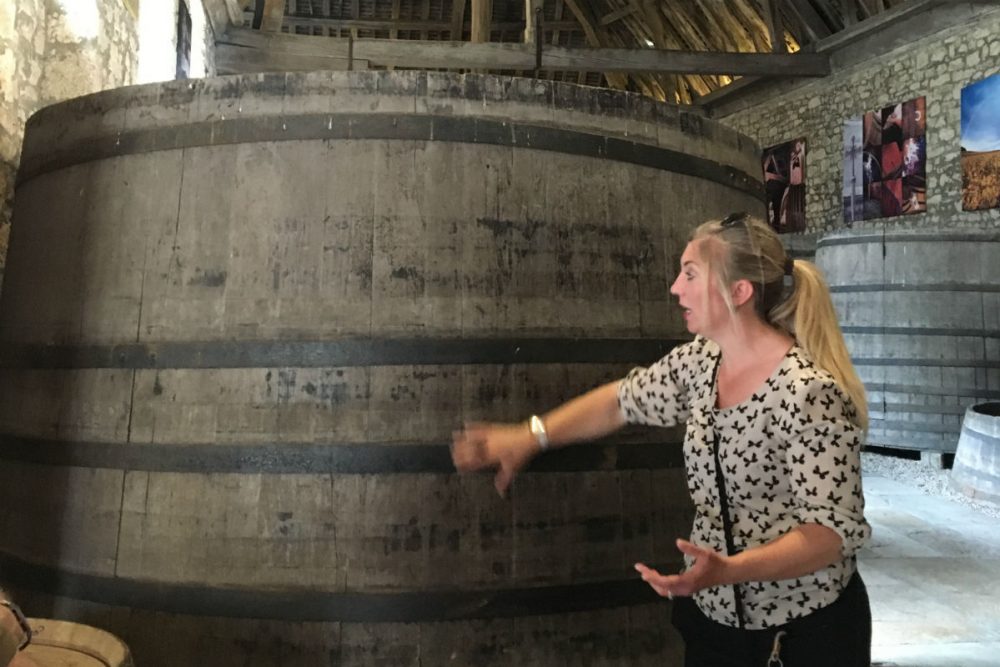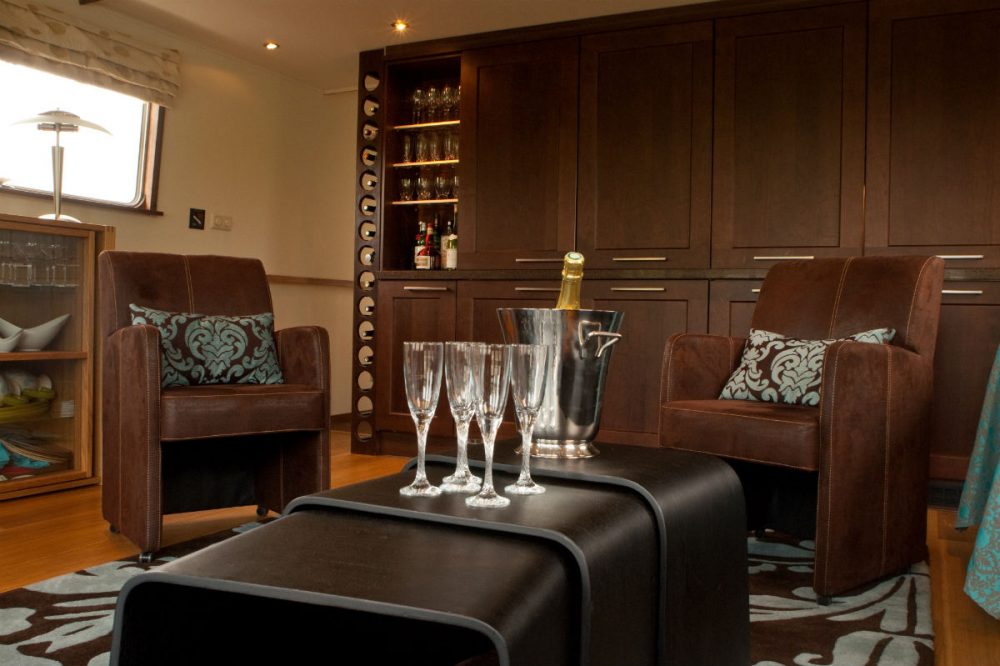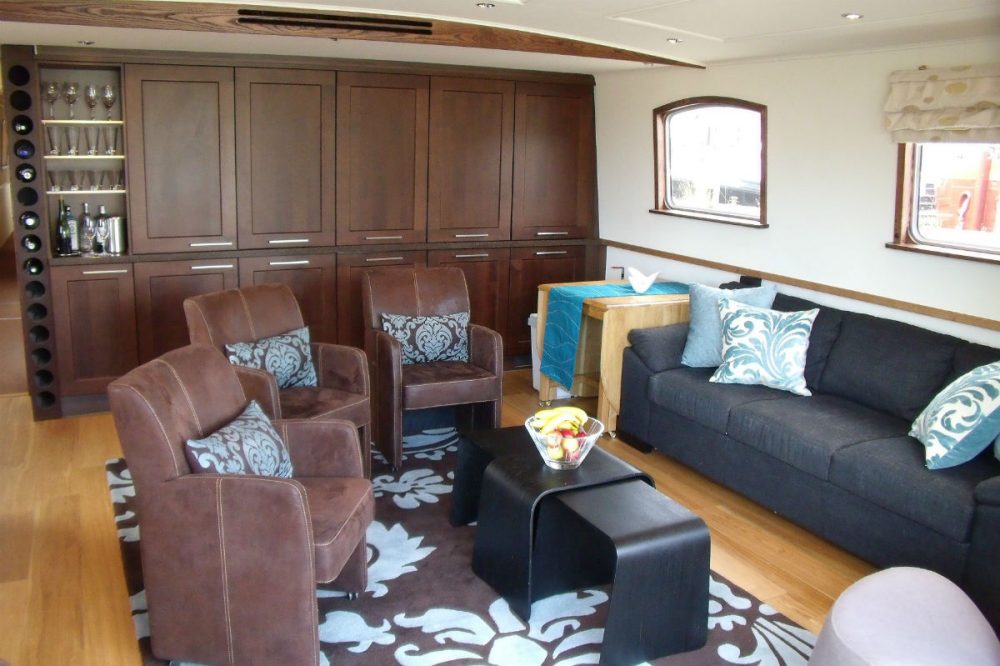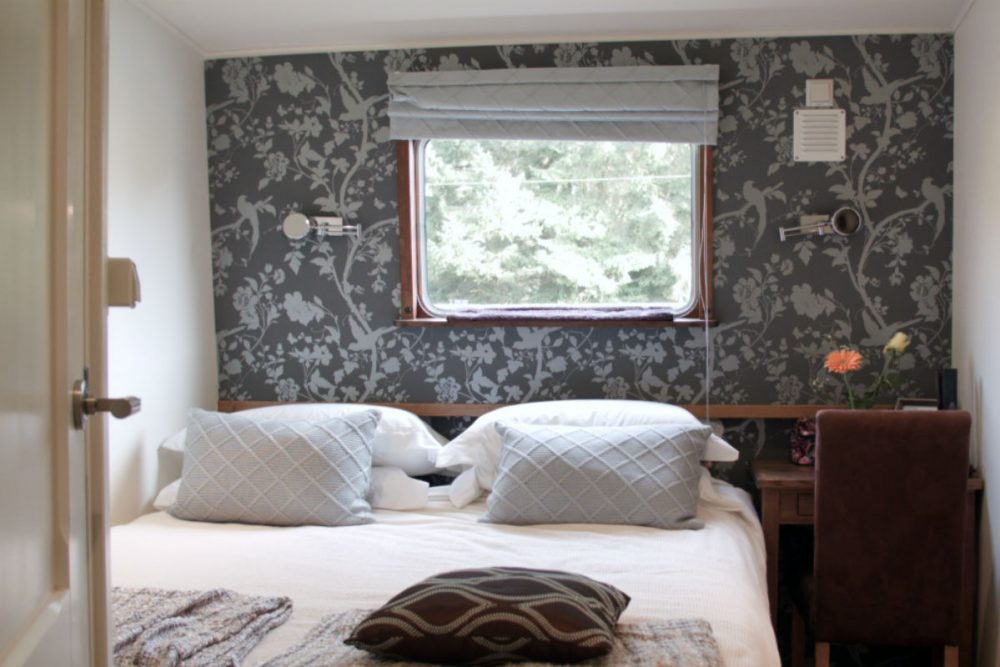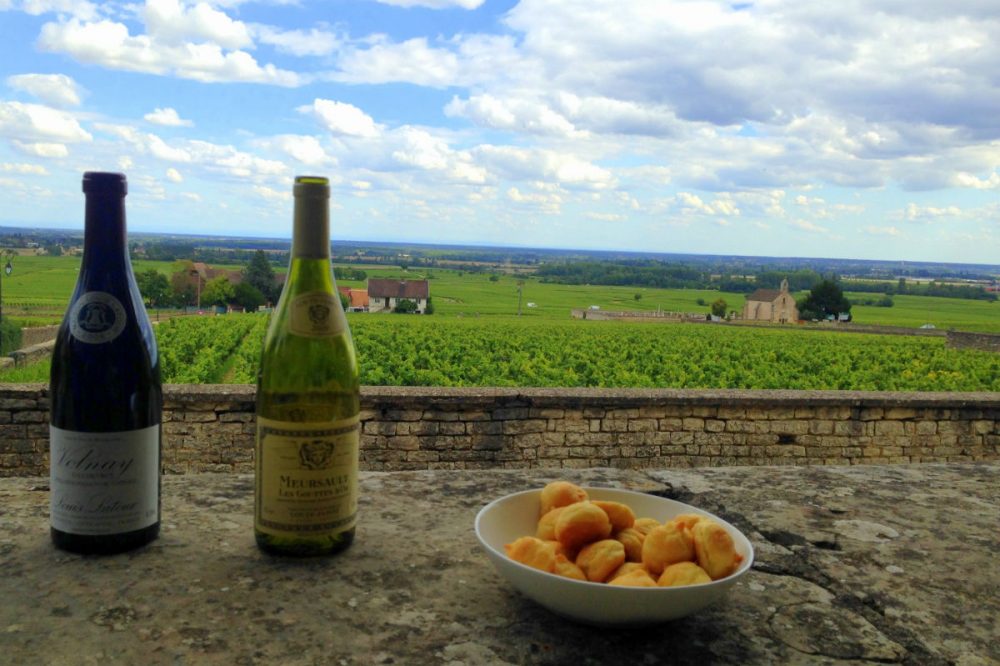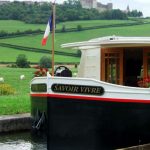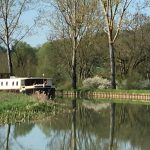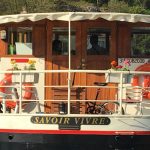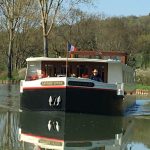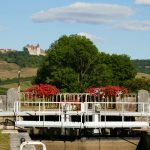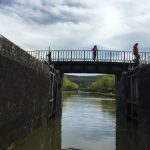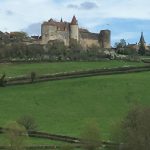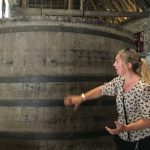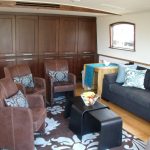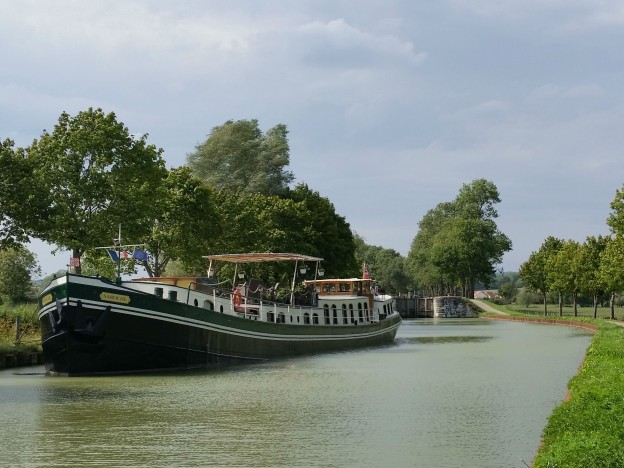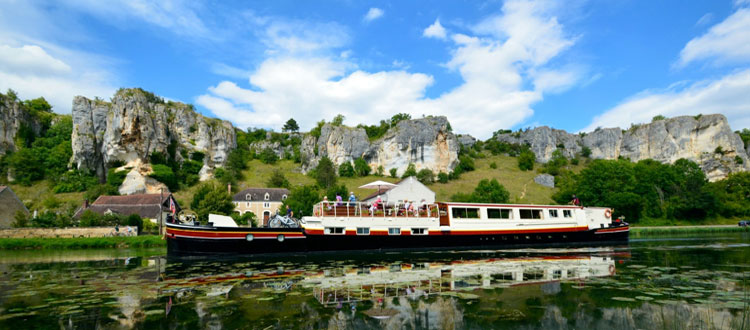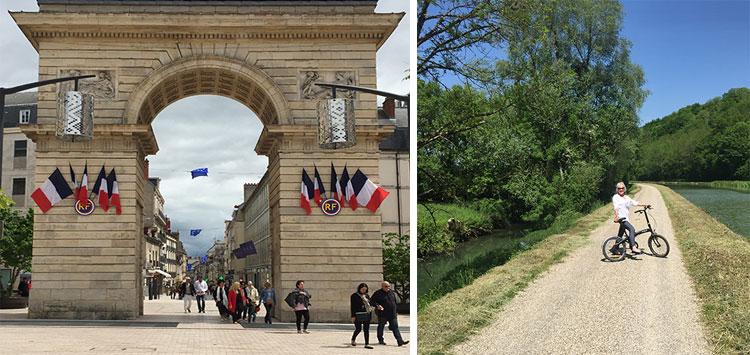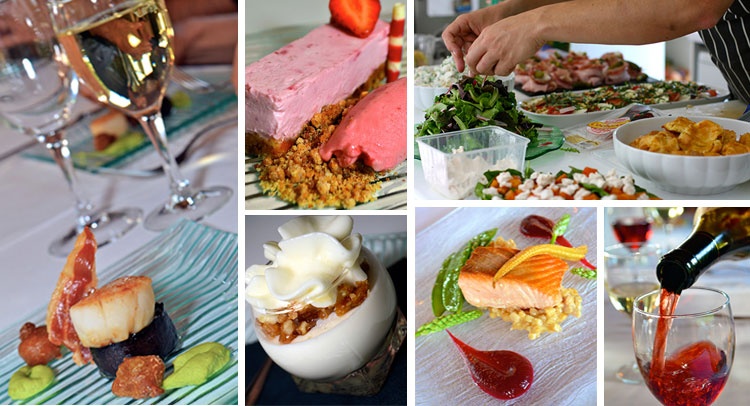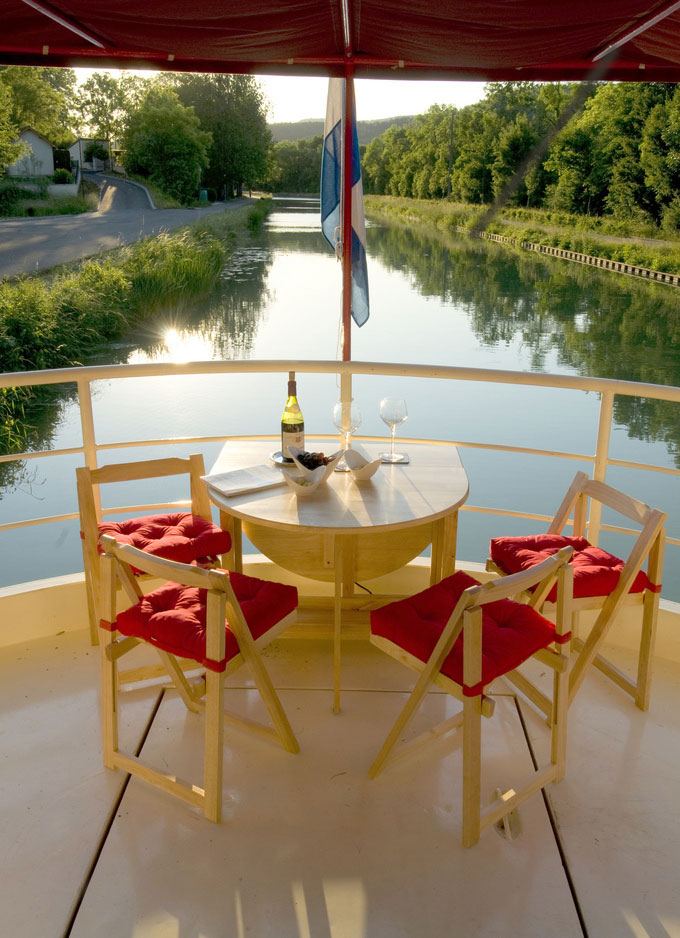We’ve scoured the globe and selected the most rewarding places in the world to see in 2020. Whether because they’re under-the-radar or up-and-coming, whether because of new cultural attractions, much-anticipated hotel openings, a dining renaissance, or new cruise itineraries, these destinations are in that magical sweet spot: well equipped and ready for discerning travelers, but not yet overrun by tourists. So go on, visit a spot that’s new to you this year, or dig deeper into a place you thought you already knew. Or heck, just find a beautiful beach to tune out and relax on. In our list of Where to Go in 2020, we’ve got inspiration for everyone.
The Amazon: Expand Your Understanding, Support Its Recovery
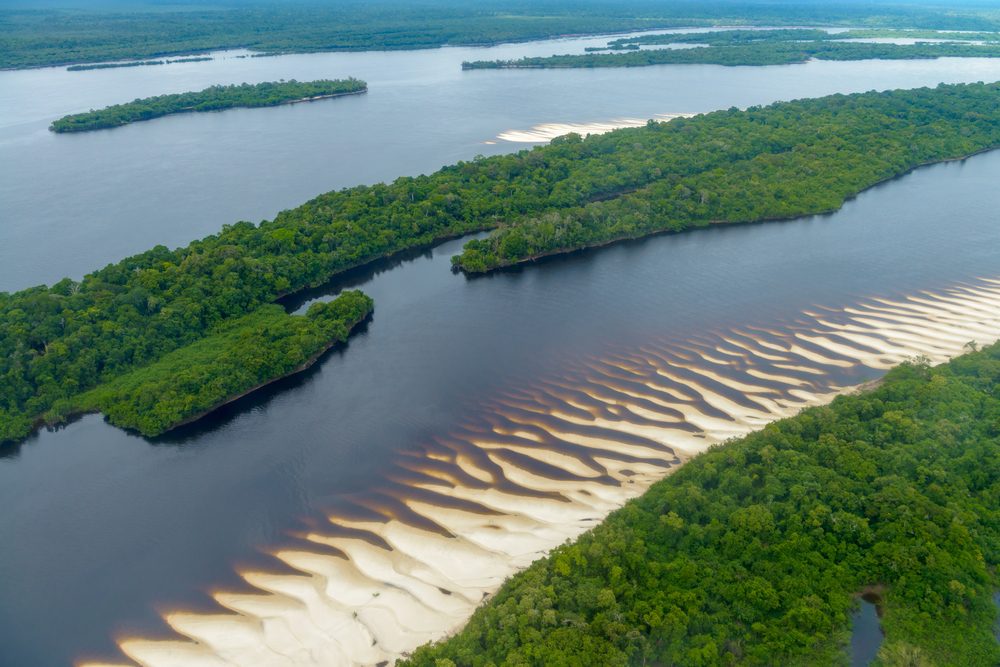
The Anavilhanas Archipelago in Brazil’s Amazon is home to wildlife including jaguars and manatees. Photo: Shutterstock
The Amazon’s forest fires have been making headlines for months. Martin Frankenberg, a Brazil specialist on Wendy’s WOW List, wants travelers to understand that they can actually do good for the rainforest by visiting: “The income generated by responsible tourism has the potential to provide an alternative to damaging activities in the region.” Travelers can also visit safely, since “the areas where the fires are burning are quite far from the touristed sections of the rainforest.” They’d be wise to visit soon: “It’s impossible to assure how much this disaster will impact and change the biome. So, the time to experience the forest is now.” Martin and his team are based in Brazil and know how to craft an itinerary that will not only observe the most respect to the Amazon environment but will also help travelers have the most immersive experience.
You’ll be marked as a VIP and get a trip like this. Learn more in our Insider’s Guide to the Brazilian Amazon.
Antarctica: Go now, it could get a lot more crowded soon
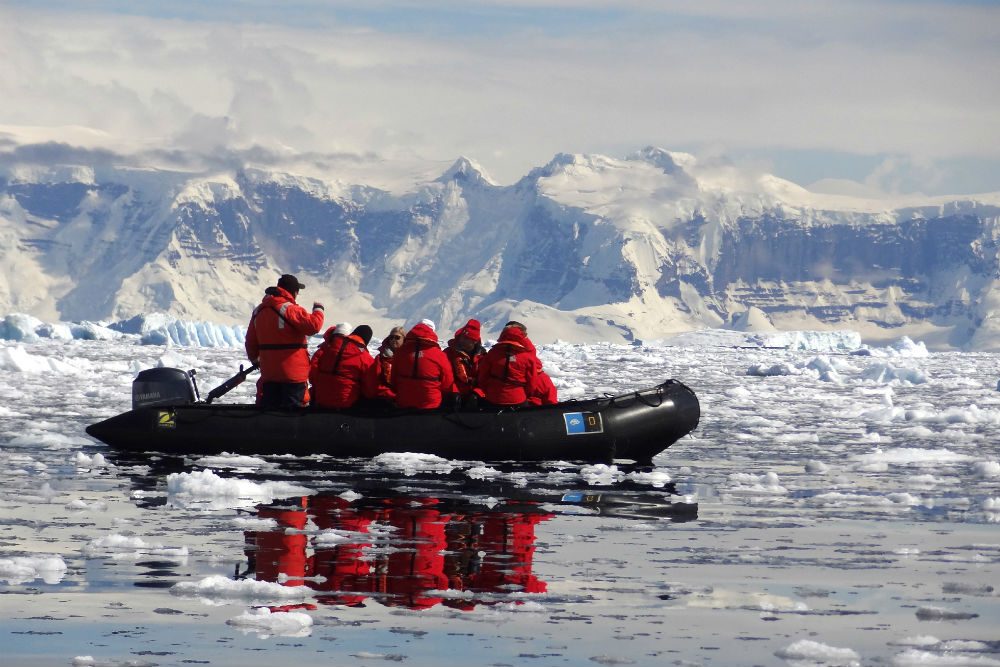
Antarctica is about to see a lot more ships. Go now before the experience changes. Photo: Abby Suplizio
An unprecedented number of cruise ships destined for Antarctica are being launched. Eight were delivered last year, and almost as many are expected in 2020. The variety of vessels (ranging from 100 to 530 guests and from casual to ultra-luxurious) opens Antarctica up to travelers who might never have considered the journey before, says WOW List expert Ashton Palmer. It also raises questions about how cruise companies will manage the influx of people. “Most ships are members of, and follow the guidelines set, by the International Association of Antarctic Tour Operators,” says Ashton. “This self-regulated group has guidelines that require no more than 100 passengers are ashore at any given time.” Growth will raise a challenge, though; Ashton predicts ships limiting the number of sites they visit or the number of landings they make each day. “I would recommend people consider visiting sooner rather than later because more ships will mean more competition for landing sites and also potentially more overcrowding.”
You’ll be marked as a VIP and get a trip like this. Learn more in our Insider’s Guide to Antarctica Cruises.
Turkey’s Northern Aegean Coast: What the Mediterranean used to be like
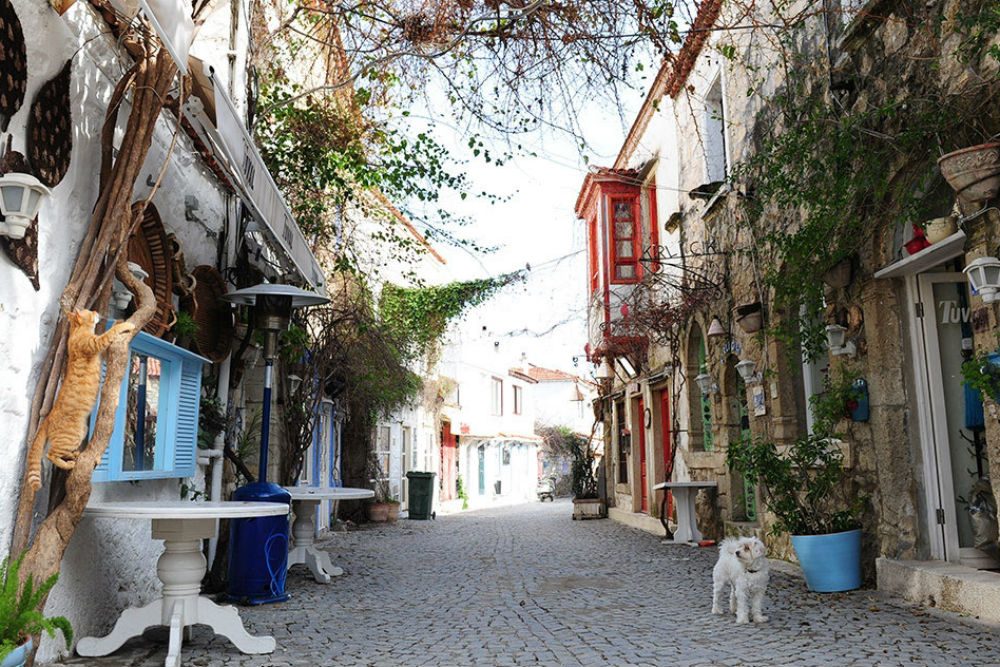
Alacati is one of the charming villages to visit when sailing Turkey’s northern Aegean Coast . Photo: Sea Song
“It is still authentic and pristine,” says Karen Fedoko Sefer, a Turkey specialist on the WOW List, “but I do not know how long this will last.” She’s talking about Turkey’s northern Aegean coast, a picturesque stretch of villages, small towns, and historical sites where people are turning their mansions into beautiful boutique hotels, where all of Turkey’s top-notch olive oil and wines are born, where travelers can go hiking and foraging for herbs in the mountains and then cook them with their truly farm-to-table dinner. While much of Europe is seeing worsening tourist crowds, the local people here are trying to preserve this coastline and keep mass tourism out. To experience it respectfully, leave Istanbul and drive along the Marmara Sea. Wind around the Gallipoli Peninsula, to Ayvalik for some olive oil tasting, and then to Junda Island where you can stay in a restored seaside mansion and sail on a private yacht. The next day, take a cooking class in Edremit, where you can pick herbs from the fields for the dinner you’ll prepare. Then it’s on to Urla, for a wine tasting from ancient vines that have been restored and which are now producing world-class pours. A short flight from Izmir will take you back to Istanbul.
You’ll be marked as a VIP and get a trip like this. Learn more in our Insider’s Guide to Turkey’s Aegean Coast.
South Africa: Safaris are now possible in just one week

Cheetahs in Phinda Private Game Reserve, South Africa.
New nonstop flights to the African continent from the United States are a welcome trend for all us exotic-travel lovers who are so time-poor. It started last year when Kenya Airways launched a nonstop between New York’s JFK and Nairobi (see “Kenya: New flights make African safaris easier” in Where To Travel in 2019). This year, there’s even bigger news: United’s introduction of a nonstop route between Newark and Cape Town. It’s been 20 years since there was a nonstop flight from the U.S. to Cape Town, and it will cut flight time down to just 14.5 hours from New York. Travelers no longer need to fritter away valuable vacation hours flying via Europe, or transferring via Johannesburg, in order to access the increasingly exciting food, art, and cultural offerings of Cape Town. Better yet, a safari is now possible even if you’ve got only one week of vacation. You can sample two or three first-rate safari lodges or tented camps, and top that off with a couple of days in Cape Town, all within a 9-day/8-night period (a week plus a weekend). As for the next nonstop to Africa on the horizon, the country to get that will be Morocco. Following Royal Air Maroc’s launch of nonstop service between Miami and Casablanca earlier this year, American Airlines will start flying nonstop from Philadelphia to Casablanca in summer 2020. So both the top and bottom of Africa will soon be that much more accessible. It’s about time.
You’ll be marked as a VIP and get a trip like this.
Oslo: An architectural boom
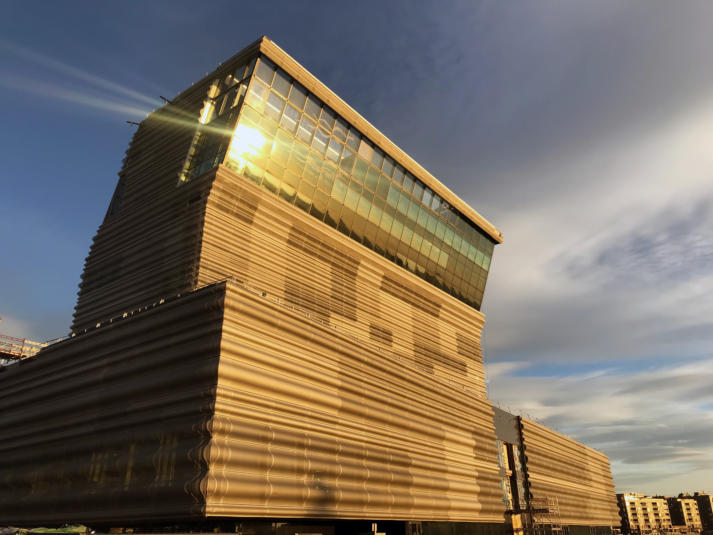
The Munch Museum is opening in Oslo this year, one of several big cultural venues arriving in 2020. Photo: Munch Museum
Art and architecture fans are excited about Oslo this year, thanks to the unveiling of three eye-popping additions to the city’s skyline. “Oslo is getting a makeover,” says Jan Sortland, Wendy’s WOW List specialist for Norway. In the spring (tentatively April), the new Munch Museum will be unveiled. Designed by innovative Spanish architecture firm Estudio Herreros, the building is made from recyclable concrete and steel and will finally give The Scream a permanent home where it can always be on view. The National Museum is also moving into larger digs in 2020. In addition to providing expanded gallery space (conservators will be moving in more than 100,000 pieces before the opening), the sleek gray expanse is focused on creating open and inviting public spaces, including a rooftop terrace, an airy library, and several cultural and performance venues. Oslo’s new National Library will also open in the spring of 2020, opposite the waterfront Opera House. The library will be almost lacy and translucent, with a façade that will glow different colors at night, depending on what activities and events are going on inside. Visitors can of course browse the extensive book collections, but will also be able to take advantage of a movie theater, media workshops, gaming zones, lounges, and a restaurant.
You’ll be marked as a VIP and get a trip like this. Learn more in our Insider’s Guide to Norway.
Panama: Under-the-radar tropical islands
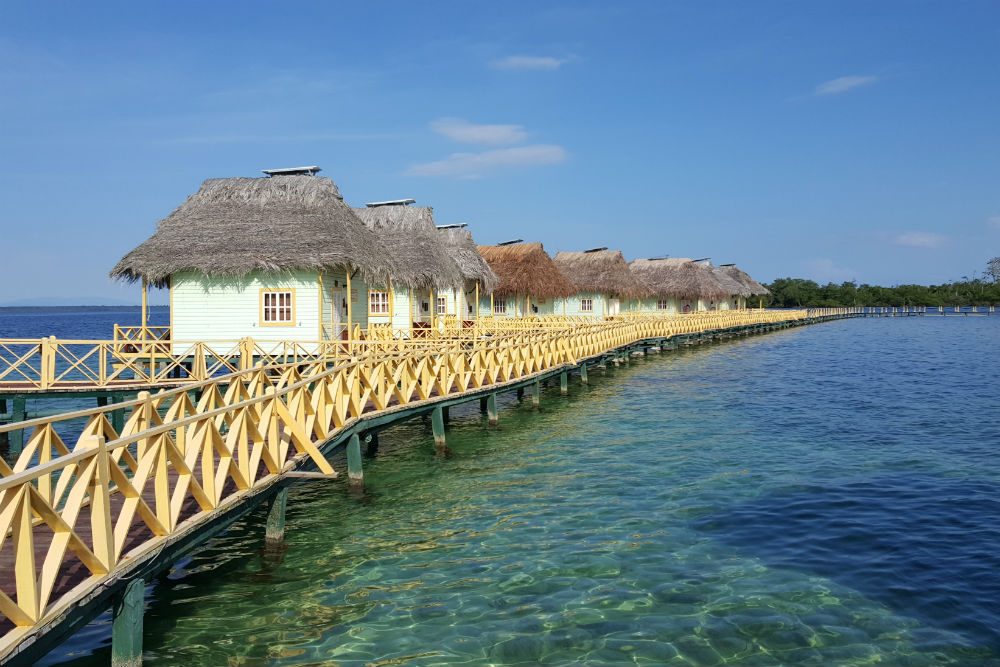
Bocas del Toro on Panama’s Caribbean Coast has all of the turquoise water and none of the hurricanes. Photo: Costa Travel
Thanks to its rapidly expanding airport hub, Frank-Gehry-designed Biomuseo, and improving tourism infrastructure, Panama has been climbing onto people’s radar for the past few years. While most people know the country for its famous canal, WOW List specialist Pierre Gedeon is hoping travelers will start paying more attention to its lush rainforests, local traditions, ancient forts, outdoor activities and coffee plantations. What’s more, its coastal islands are home to new luxe resorts that immerse travelers in Panama’s natural environment while also protecting it. A 400-acre, private-island resort off the country’s Pacific coast, Isla Palenque has eight thatch-roofed casitas and one villa constructed out of sustainably sourced local materials. Guests can hike through primary rainforest, snorkel through the Chiriqui National Marine Park, learn about the island’s pre-Columbian cultures via anthropological excursions, or soak in the sun on the island’s seven different beaches. Solar-powered Isla Secas, opened in 2019, is another eco-retreat off the Pacific coast; it’s set on a 14-island archipelago with private casitas. Over on Panama’s Caribbean coast, the Bocas del Toro archipelago is where sun seekers will find the Red Frog Beach Island Resort. This is a more classic Caribbean-style resort with villas, lofts, and condominiums, but thanks to its location near the equator, it is outside the hurricane zone. From mid-December through the end of April is Panama’s dry season; to spot humpback whales, visit the Pacific Coast between August and October.
You’ll be marked as a VIP and get a trip like this.
Negev Desert, Israel: Remote relaxation at a beautiful new resort
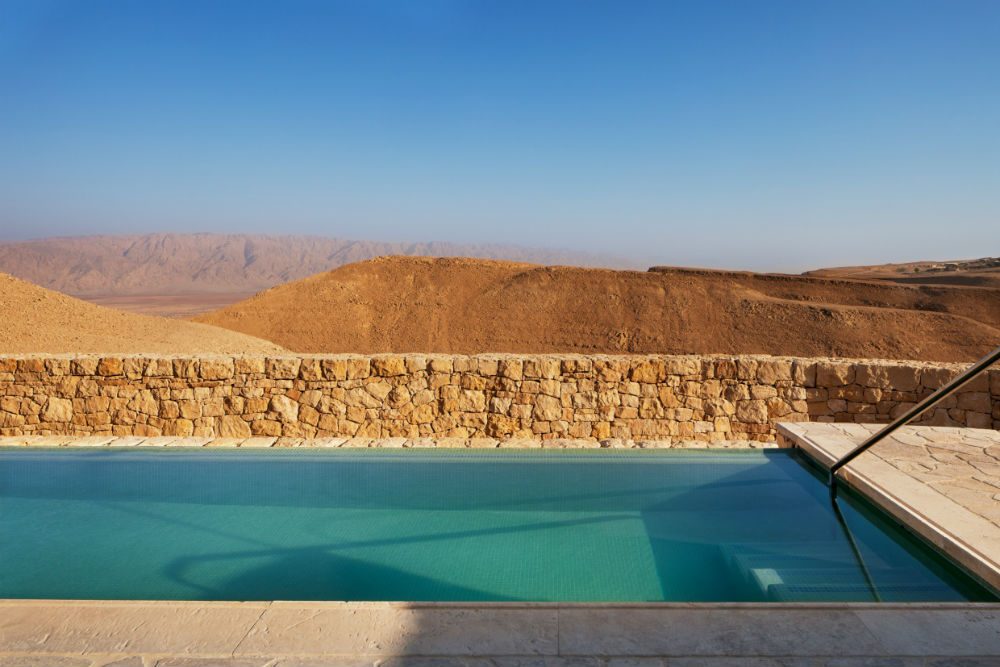
The Six Senses Shaharut will give travelers an oasis of infinity pools in Israel’s Negev Desert. Photo: Six Senses
Carved out of a cliff in the Arava Valley of the Negev Desert, the Six Senses Shaharut is due to open in the spring of 2020. Until now, travelers’ only high-end desert-oasis option was the Beresheet. The Six Senses will be more remote, with only half the number of rooms (60 suites and pool villas). The difference, says Jonathan Rose, Israel specialist on The WOW List, is that the experience will feel more exclusive and will offer the luxe touches that the Six Senses brand is known for, including its signature spa and hammam treatments. Guests can try overnight camel camping, hiking, rock climbing, safaris, and wine tours, or learn about Six Senses’ local sustainability efforts at its Earth Lab.
You’ll be marked as a VIP and get a trip like this. Learn more in our Insider’s Guide to Israel.
Madrid: An old city gets a new spark
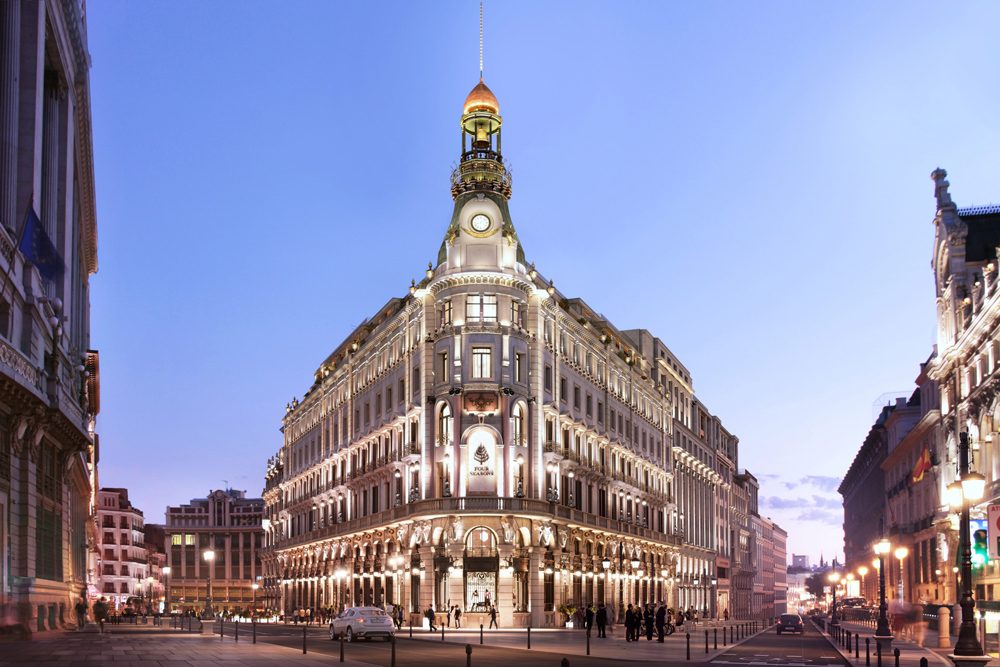
In Madrid, the Four Seasons and the Mandarin Oriental will give their shared neighborhood a little boost. Photo: Four Seasons
With the opening of the Four Seasons and the re-opening of Mandarin Oriental Ritz, Madrid will be turning heads again in 2020, says WOW List Spain specialist Virginia Irurita. As she explains: The area around the hotels, Barrio de las Letras and Puerta del Sol, had long been eschewed by Madrileños for being too touristy but is now undergoing a renaissance, with new shops, restaurants, and pedestrian-friendly streets that will encourage mingling between locals and travelers. Small businesses, artisan shops, galleries, and mom-and-pop cafés and restaurants are also opening in the surrounding neighborhoods, raising Madrid’s profile as a destination for those interested in art, design, and gastronomy.
You’ll be marked as a VIP and get a trip like this. Learn more in our Insider’s Guide to Madrid.
Taninthari Region, Myanmar: An untouched time capsule—for now
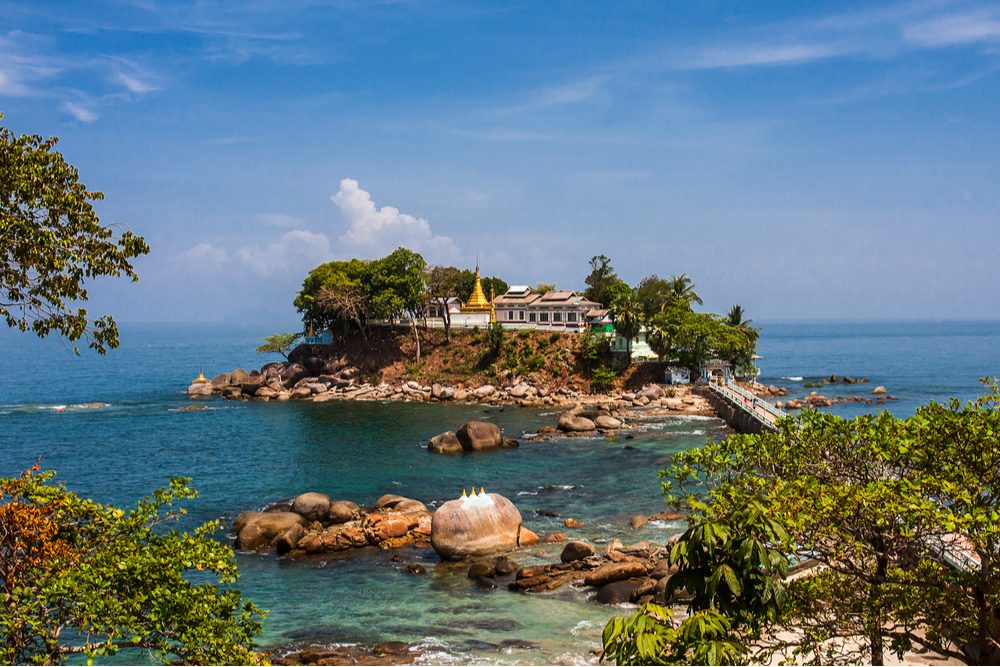
Visit the Myaw Yit Pagoda in Dawai, a town in Myanmar’s Taninthari region along the Andaman Sea. Photo: Shutterstock
The Taninthari region in the south of Myanmar remains untouched and charming—a place where visitors (who are few and far between) will find quaint fishing villages, spectacular beaches, fishermen who still dive for pearls, and the semi-nomadic Moken peoples, whose ancient culture is based on the sea. Bordering the Andaman Sea and the Tenasserim Hills, the area’s key towns to explore are Dawei, Myeik and Kawthaung. Travelers can also charter a boat and sail the pristine Mergui Archipelago. Why do this now? “The place is changing,” says Toni Neubauer, a Myanmar specialist on The WOW List. “After a two-year suspension, plans are again underway to build Southeast Asia’s largest deep-sea port and a special economic zone in Dawei, the capital of the region.” This quiet coastline could soon be transformed into a major commercial center.
You’ll be marked as a VIP and get a trip like this. Learn more in our Insider’s Guide to Myanmar.
Matera, Italy: The new Puglia
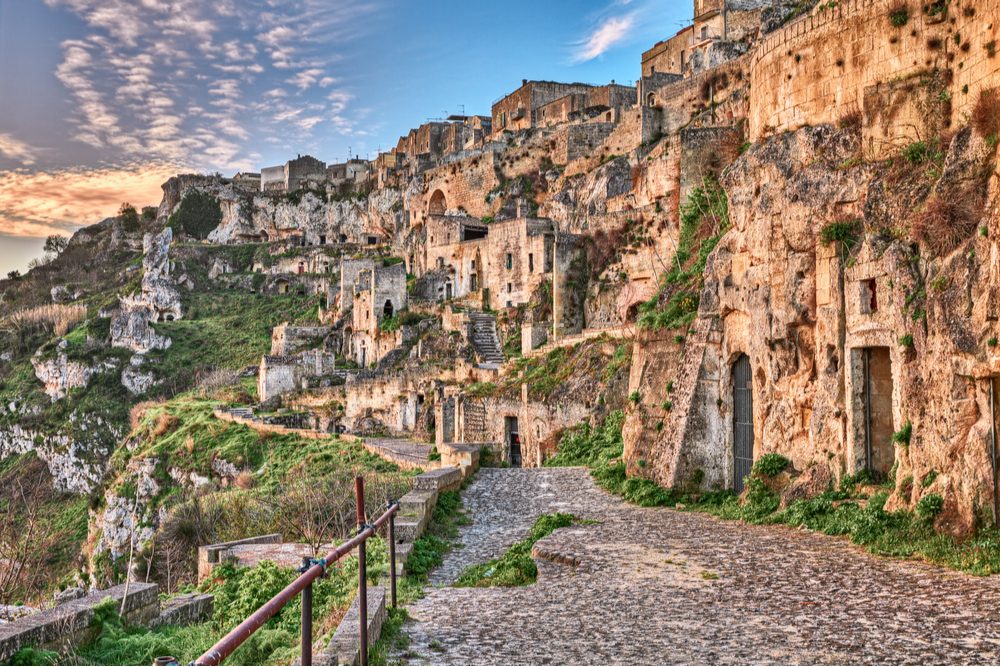
Matera’s sassi, ancient cave dwellings, are a UNESCO World Heritage site. Photo: Shutterstock
Puglia has been hot for a few years now. It’s the region of Italy located just across from the Amalfi Coast (it’s in the heel of the boot-shaped country) and, thanks to its reputation for friendly people and charming villages, its popularity has skyrocketed. “When you walk around in the small towns it is very easy and fun to interact with the locals and truly feel part of the local community,” says Andrea Grisdale, one of Wendy’s WOW List specialists for Italy. But for those who are ready to explore an even lesser-known gem of Italy, nearby Matera is where they should be headed. And soon. The town, located in the Basilicata region about an hour from Puglia, is one of the oldest continually inhabited cities in the world. Its pride is the sassi, more than a thousand ancient dwellings and churches carved into the natural rock of the town’s steep limestone ravine. The historic grottoes haven’t always been so appreciated, however. After seeing them in 1950, Italian Prime Minister Alcide De Gasperi declared the cave homes decrepit and unsanitary and ordered that all residents be cleared out and moved into new housing projects. As a result, the area was abandoned and devolved into a crime-filled slum. Luckily, within ten years locals were already working to save and rehabilitate their unique historic town, and eventually their efforts paid off. In 1993, UNESCO recognized the sassi for their outstanding universal value, and today, the caves have been transformed into hotels, bars, restaurants, shops, and private homes. “Matera is not the easiest place to reach, which is why it has managed to remain relatively unknown,” Andrea says. “When you are driving toward Matera and it finally comes into view, the first thing that most people tell us comes to mind is that it resembles strongly the way Jerusalem is portrayed in so many movies.”
You’ll be marked as a VIP and get a trip like this.
Virgin Gorda, British Virgin Islands: A beloved resort returns
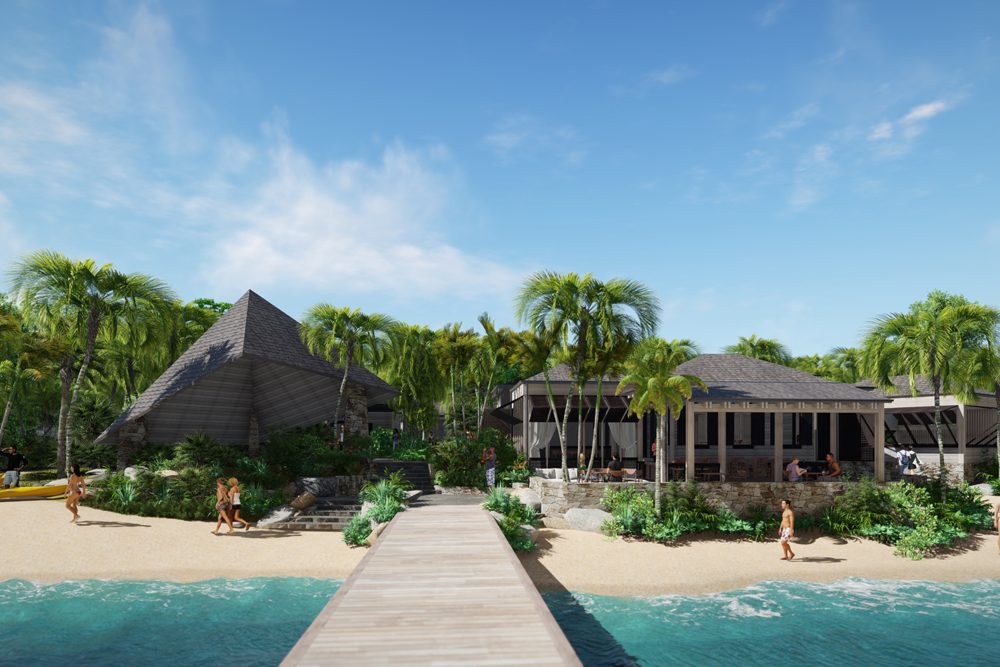
Rosewood Little Dix Bay will reopen in 2020 after a four-year, multi-million-dollar renovation. Image: Rosewood
In 2017, Hurricane Irma wreaked havoc on the Caribbean, including Virgin Gorda. The quiet and undeveloped island is back in business, and in March, Rosewood’s esteemed Little Dix Bay resort will unveil its multimillion-dollar renovation. The island is known for the Baths, a natural geological formation that is simply beautiful, but it’s also the perfect home base to island-hop to other spots, like Anegada or Jost Van Dyke. Little Dix Bay is set in 500 acres of natural gardens and, if it sounds familiar, that’s because it’s famed for being the eco resort that conservationist Laurance Rockefeller built as his family retreat more than a half century ago.
You’ll be marked as a VIP and get a trip like this.
Gascony: France’s unsung food mecca
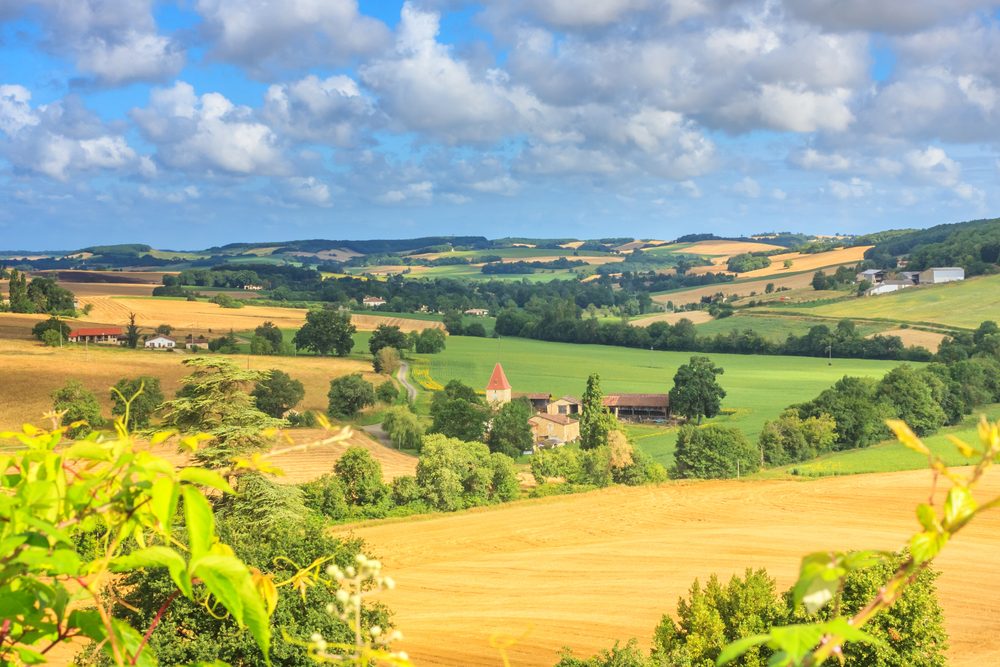
Gascony is a culinary destination that isn’t crowded with tourists yet. Photo: Shutterstock
Foodies should head to Gascony sooner rather than later. This agricultural region in the southwest of France doesn’t boast any celebrity chefs, fancy hotel chains, or corporate wineries—and that is exactly its draw. The rich food, roadside distilleries, lively local market towns, and rolling farmland are the stars of this rural area, which remains slower-paced and less trafficked than the beaten paths of its neighbor Bordeaux. A good way to access Gascony’s culinary (and cultural) nooks and crannies is via the scenic Canal a la Garonne, on a canal barge cruise. Much smaller and homier than river ships (and, in some cases, completely private), barges meander slowly through the countryside, stopping frequently to explore villages, sights, and restaurants. Many of the vessels are owned and operated by locals, an arrangement that enables guests to make meaningful—and delicious—connections.
You’ll be marked as a VIP and get a trip like this. Learn more in our Insider’s Guide to European Canal Barge Cruises.
Be a safer, smarter traveler: Sign up for Wendy’s weekly newsletter to stay in the know. And read real travelers’ reviews of Wendy’s WOW List and use it to plan your next trip.

